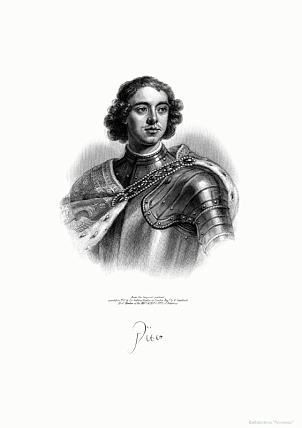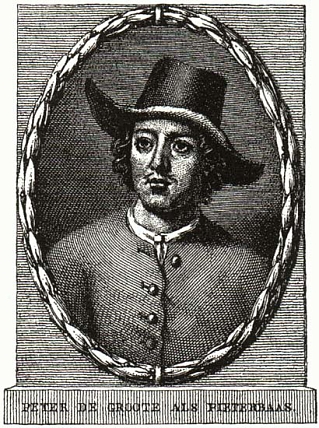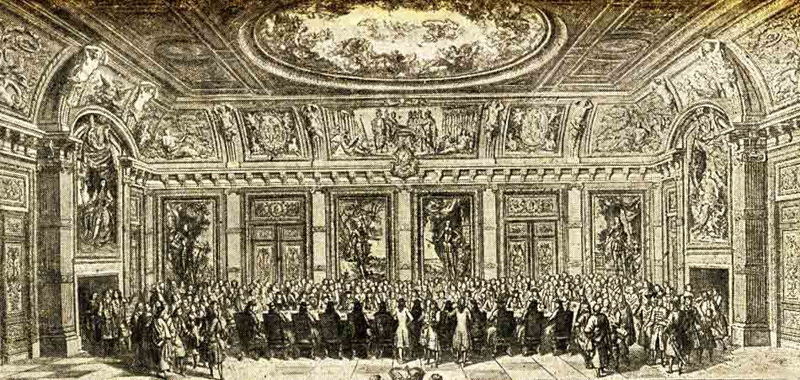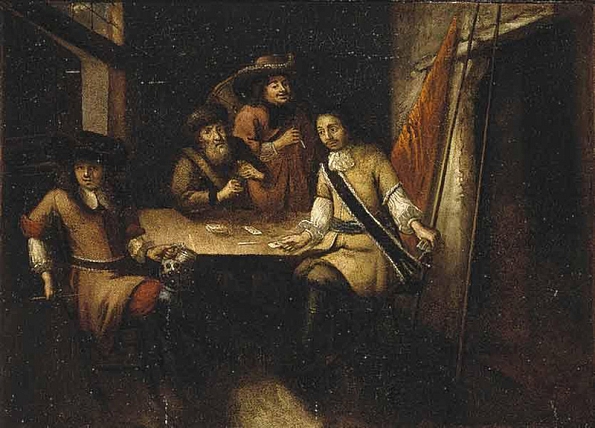- Visit Us Safely
- Opening Hours
- Getting Here
- Admission and Tickets
- Exhibitions
- Virtual 3D Tour
- Kunstkamera Mobile Guide
- History of the Kunstkamera
- The Kunstkamera: all knowledge of the world in one building
- Establishment of the Kunstkamera in 1714
- The Kunstkamera as part of the Academy of Sciences
- The Kunstkamera building
- First collections
- Peter the Great's trips to Europe
- Acquisition of collections in Europe: Frederik Ruysch, Albert Seba, Joseph-Guichard Duverney
- The Gottorp (Great Academic) globe
- Siberian expedition of Daniel Gottlieb Messerschmidt
- The Academic detachment of the second Kamchatka expedition (1733-1743)
- 1747 fire in the Kunstkamera
- Fr.-L. Jeallatscbitsch trip to China with a mission of the Academy of Sciences (1753-1756)
- Siberian collections
- Academy of Sciences' expeditions for geographical and economic exploration of Russia (1768-1774)
- Research in the Pacific
- James Cook's collections
- Early Japanese collections
- Russian circumnavigations of the world and collections of the Kunstkamera
- Kunstkamera superintendents
- Explore Collections Online
- Filming and Images Requests FAQs
Peter the Great's trips to Europe
All researchers of the history of the Russian Academy of Sciences and the first Russian state public museum, the Kunstkamera, unanimously bond the idea of the establishment of these oldest Russian scientific institutions with the experience which Peter I gained during his trips to Europe.
Peter the Great was the first Russian Tsar to visit European countries. His first long trip to Europe took place in 1697–1698, within the frame of his so-called “Grand Embassy,” while the second one occurred twenty years later, in 1716–1717.
In between these diplomatic missions, Peter visited a number of cities in North Germany and Denmark in 1711-1713, during the military campaign of the Great Northern War.
Peter tried to stay incognito during the Grand Embassy and took part in it as a Peter Mikhailov, uriadnik (approximately corresponds to the modern military rank of “sergeant”) of the Preobrazhensky Regiment, although his recognizable appearance was hard to disguise. A special wax seal, which the Tsar was setting on each of his letters during his travel, had the inscription: “I am a pupil looking for mentors.”
He delegated the mission of important diplomatic negotiations with European monarchs to three “grand plenipotentiary ambassadors:” Franz Lefort, Fyodor Golovin, and Prokopy Voznitsyn, but de-facto, Peter himself quite frequently participated in negotiations with foreign sovereigns. He believed that this was an easier way for him to get acquainted with everyday life of European citizens, master different crafts, and, among other things, attend private collections of curiosities and scientific cabinets. Together with the Embassy, Peter the Great visited a number of cities in Livonia, Kurland, Prussia, Saxony, Holland, England, and Austria.
During his second travel to Europe in 1716–1717, Peter visited Danzig, Hamburg, Pyrmont, Mecklenburg, Rostock, Copenhagen, Bremen, Amersfoort, Utrecht, Amsterdam, Saardam, Hague, Leiden, Rotterdam, and Paris.
During these journeys Peter was always, whenever possible, meeting with European scholars, visiting private collections and galleries, and natural history cabinets. He used the opportunities of such meetings to invite all sorts of specialists, including academics, to come to work in Russia. Peter was personally and through his envoys establishing connections with book publishers in Holland and Germany; he organized purchases of a number of collections for the Apothecary Prikaz and, later on, for the Kunstkamera; studied anatomy and other sciences. Participants of the Grand Embassy also visited other cities and countries, where, upon Peter’s instructions, they were meeting with academics and publishers, and touring private museums and collections.
Indeed, from the documents, memoirs, and the chronicle of the Grand Embassy (“Journal of Daily Records”) it is known that in all cities visited by Peter the Great, he had a great interest in touring private museums and collections, part of which belonged to royal courts of Europe, and partly to scientists and owners of major trade companies (e.g., Dutch East India Company). It is known that only in Holland, a country which had produced the strongest impression on Peter, in the end of the 17th century, there were several tens of private museums and collections.
A far from complete list of private collections and museums visited by Peter the Great during his travel to European countries in 1697–1698 looks as follows:
– Collection of East-Indian and antique rarities, ship models and machines belonging to Nicolaes Witsen, Mayor of Amsterdam, Administrator of the Dutch East-Indian Company and a scholar
– Collection of antiquities “including coins, medals, and various minerals” of Peter Nicolaes Kalf in Saardam
– Anatomical and zoological museum of the professor of anatomy and botany in Amsterdam, Frederick Ruysch
– Amsterdam Botanical Garden with greenhouses and a museum with samples of the aquatic fauna from the overseas possessions of Holland (accompanied by Fr. Ruysch)
– East-Indian Yard in Amsterdam, where in the company’s buildings collections of Chinese and East-Indian weapons, Chinese paintings and maps were exposed, and a number of rooms were decorated with rare plants
– Home museum of merchant Jacob de Wilde, who had a valuable collection of antiquities: bronzes, carved stones, coins
– Cabinet of Nicolas Chevalier in Utrecht (Later on, in 1721, J. Schumacher acquired from the heirs a part of this collection for the Kunstkamera);
– Peter I visited A. Van Leeuwenhoek, naturalist and founding father of scientific microscopy, and scrutinized his cabinet with the collections
– Botanic Garden and Anatomical Theatre of Leiden University
– Museum of the London Royal Society and Mint collections in the Tower
– Ashmolean Museum in Oxford
– Royal Kunstkamera in Dresden
– Armory, Kunstkamera, and Art Gallery in Vienna, at the court of Emperor Leopold I.
Peter had visited many of these collections and Kunstkameras during his second long journey to Europe in 1716–1717.
In some cases we know the details of Peter’s visits for exploring the collections, which clearly point up his interests. For example, there is a detailed description of his daily visits to the Kunstkamera in Dresden during his short stay in this city in June 1698. Peter arrived in Dresden in the late afternoon and, after dinner, asked to show him the famous Kunstkamera. Vice-regent Furstenberg took him there at one o’clock in the morning, and the Tsar was scrutinizing the collections till the morning; he was particularly meticulous in familiarizing with mathematical instruments and handicraftsman's implements. Next day, after the lunch and visit to Kurfürst’s mother, he visited the Kunstkamera again. On the third day, after watching military exercises, Peter visited the mould yard and, once again, the Kunstkamera. One more time Peter had visited the Dresden Kunstkamera during his stay in Dresden in September 1711[2]. In the course of his third visit to Dresden in November 1712, Peter stayed in the house of the court’s jeweler Johann Melchior Dinglinger. In the collection of “Grünes Gewölbe” (former Kunstkamera), there is a small enamel portrait of the Russian Tsar made by the jeweler’s brother, Georg Friedrich Dinglinger, in remembrance of these visits to Dresden.
In1717, when Peter I got the word that in the collection of Dutch collector Goswin Uylenbroek a Roman sarcophagus is treasured, he took a fancy to see it. The owner made a record of the details of this visit: “When Tsar Peter the Great did me the honor to see my cabinet, and the thing had to be placed into a dark storeroom because of its huge size, His Highness asked for two candelabrums with candles and kneed down to look thoroughly around the whole sarcophagus and each figure on it in all details”.







